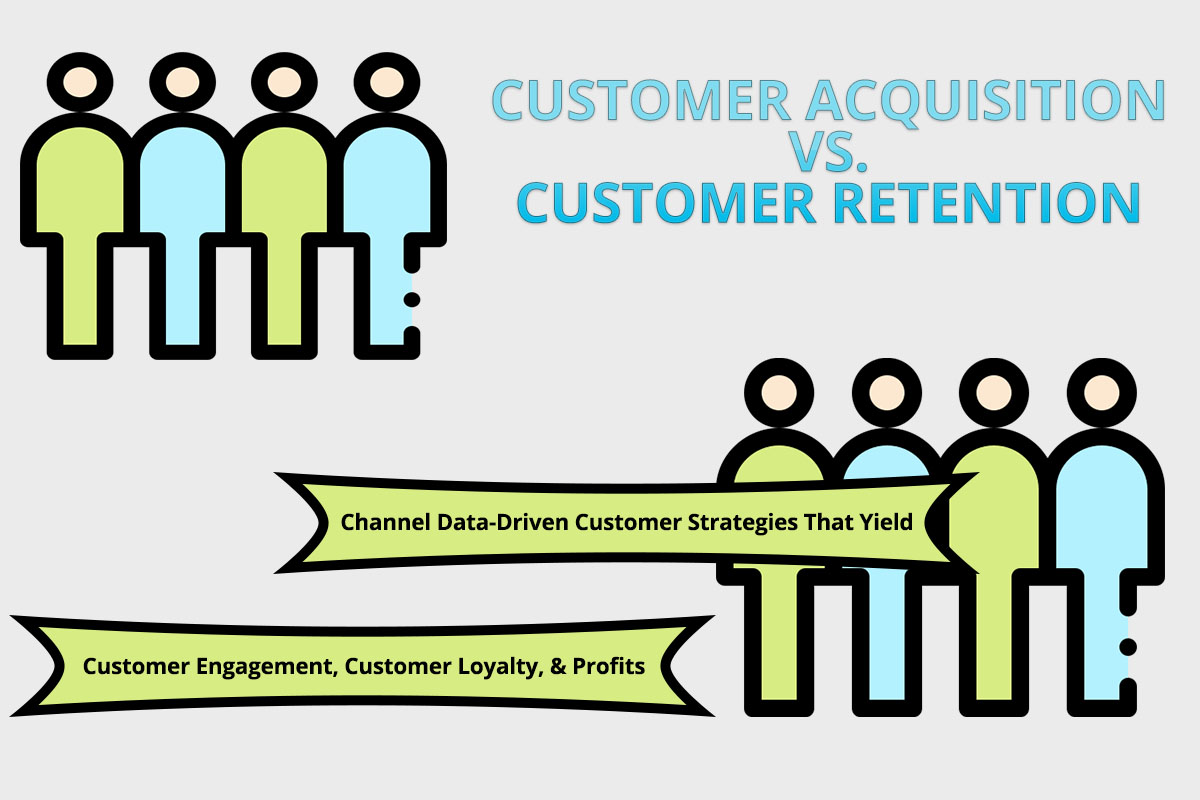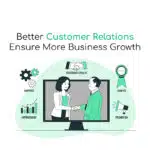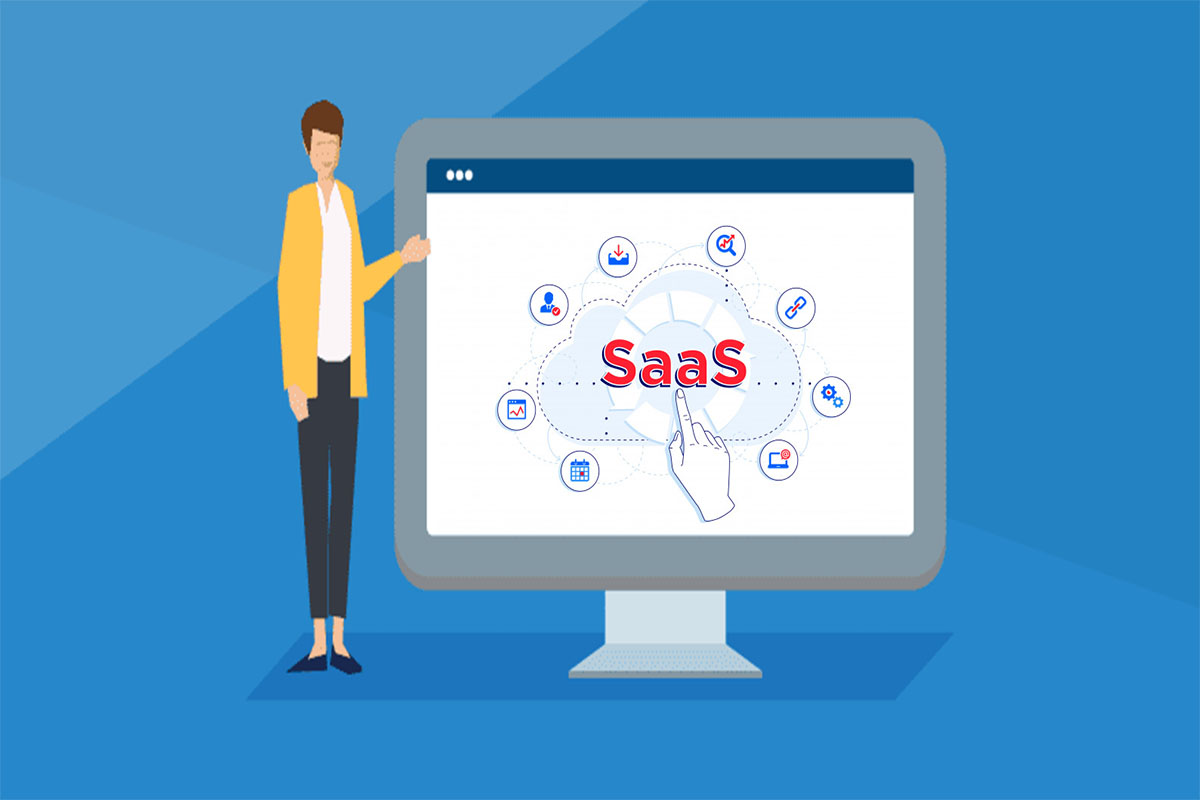
Customer Acquisition vs. Customer Retention—What are the Post-COVID Marketing Focuses and Trends to Grow Business in 2020-2021?
Businesses need revenue to grow and revenue streaming requires customers. Businesses need more and more customers to channel their influence over the market and to create profit opportunities.
As large as their customer base is, as much they can earn revenue and drive business growth.
But, the coronavirus outbreak and, eventually, worldwide lockdowns shrunk the markets for businesses of all sizes, niches, and resources.
In the modern globalized business and trade history, the global economy has never suffered the downfall like it experienced after the pandemic hit markets, businesses, industries, and the workforce.
One after another, the two waves of the pandemic in a row, and within a year, have forced businesses to either shut down their operations or change their revenue model. The increased costs of operations and decreased or marginal profits require rigorous and revenue-focused Post-COVID strategies to stabilize the fluctuating and declining profits.
Beginning with the new customer behaviors impacted by the COVID-19, this article also outlines the customer and revenue growth relationships and evaluates the significance of keeping the customer lifetime value.
Impacts of COVID-19 on Customer Behaviors
Pandemic alters the regular behaviors of customers thus it requires special focus to learn the post-COVID impacts on customer behaviors and tailor the marketing and customer strategies, accordingly. Some of the POST-COVID trends driving customer strategies include:
- Improved Brand Loyalty
- Stockpiling and Amassing Habits
- Focus Shifts Towards Value and Essentials Only
- Attraction Towards Subscription and Recurring Billing Businesses
- Enhanced Customer Services Demand
And more.
Also Read: Recurring Billing Amid COVID-19 Is Changing the Ways We Earn and We Pay…
What Is Customer Acquisition?
Customer acquisition is gaining new customers and growing the customer base. It requires influencing and persuading the leads to convert into paying customers and contribute to the revenue-building by purchasing the company’s product or services.
Customer acquisition management is a key process in sales and marketing management to evaluate customers value in relation to the costs spend to acquire them.
From drawing traffic to generating leads to optimizing the conversion—customer acquisition is the foremost objective of the marketing teams in any business. Customer acquisition lays the foundation for business growth.
It is a misunderstood notion that customer acquisition is the beginning strategy to establish a business. At each stage of business, different customer acquisition strategies are required to be formulated while focusing on the
Customer acquisition is a step by step process that involves significant sales and marketing roles, goals, and channels. These are:
- Identifying Ideal Customers
- Defining the Targets and Objectives
- Choosing Customer Acquisition Channels
- Developing A Unique Strategy For Each Channel
- Communicating With Customers
- Measuring And Improving Strategy
Beginning with attracting customers, the above-mentioned steps for acquiring new customers also encompass establishing the foundation for customer retention.
In other words, it can be said that customer acquisition is the first step in customer retention.
What Is Customer Retention?
Customer retention refers to the strategies, actions, and activities that are taken to keep the existing customers on board for a longer period by boosting their brand loyalty.
Once the customers are acquired, sales and marketing teams aim to use different engagement tactics to keep customers return to their product or service again and again.
Customer retention is the science of inducing value in the acquired customers by persuading them to spend more with upselling, cross-selling, loyalty programs, upgrades, and more.
Customer retention is the ultimate purpose of revenue growth with the reduced cost of sales and marketing overhead and more profits.
Small- to mid-sized businesses, regularly, experience setbacks when losing their balance in between acquisition and retention. Their marketing often leans toward customer acquisition, instead of focusing on customer retention that eventually increases the costs of marketing overhead but cannot translate the expenses into profits, and, soon the customer would be captured by a competitor.
Customer retention strategies are focused on inducing a personalized customer experience and delighting customers to drive customer loyalty. Here are a few steps for the process that helps to retain the customers:
- Producing Content that Solves Customer Problems
- Reaching Out to the Customers on a Regular Basis
- Keeping Customers Informed of Latest Developments
- Calculating and Tracking Customer Retention Rates
- Optimizing Customer Service and Support
- Offering Customer Loyalty Programs
That’s just a small list of the many things you can do to keep customers satisfied and loyal, so they stick around longer and provide a reliable, recurring revenue source.
Also Read: Combating Churn for a SaaS—Use Content to Attract, Educate, Convert and Retain Customer
Keeping the Customer Lifetime Value—What Trends Do Stats Reflect?
Marketing is a cycle of customer acquisition where customer acquisition begins with attracting new customers, it doesn’t end anywhere and transforms into customer engagement strategies, that later enter into activities for customer retention.
However, sometimes, companies instead of timely ingress into the customer retention phase, reverse their marketing drive to the acquisition, and ends up spending more and earning less.
- Studies suggest that customer loyalty plays a significant role in acquiring more revenue with existing customers. Increasing customer retention rates by a mere 5 percent increases profit yields by anywhere from 25 to 95 percent.
- Only 2 percent of customer retention can also slash the overall operational costs by up to 10 percent as acquiring new customers require way more monitoring, tracking, and management and consume more resources.
- In the long run, customer acquisition due to its unpredictability is a relatively less profitable opportunity, in fact, is the most unreliable source of revenue. In comparison, customer retention is a predictable source of revenue thus it is more reliable and profitable.
- Harward studies report 5 to 25 times lesser overhead to retain an existing customer than it is to acquire a new one.
- Another study suggests that with existing customers, the existing customer are 50 percent more likely to spend for upsells, cross-sells, and re-sells.
In the unstable and unpredictable age of COVID-19, the future of a prosperous business depends on upholding extraordinary levels of customer contentment. It results in higher levels of customer retention that, in addition, also creates brand advocates and pools more referrals and prospects for the brand reputation and business growth.
Why Retaining Customers Is A Better Strategy Than Striving to Acquire New Opportunities?
Several marketing firms and professionals consider the acquisition of new customers way more fruitful because to them it is satisfying as it strengthens them with the sense of achievement of gaining more customers that, in actual, costs the business resources.
For businesses in their mid stages, it is significantly pertinent to converge their focuses on customer retention strategies that would actually gain them customer engagement, customer loyalty, profits, and business growth.
Some of the key benefits of shifting focus towards customer retention include:
- Cheaper Costs of Customer Retention
- Increased Upsell and Cross-Sell Probabilities
- Revenue-Driven Referral Marketing Opportunities
- Brand Loyalty Growth with Advocacy
- Revenue Leakages Identification and Prevention
Also Read: What is Customer Success and why do You Need it for Your Subscription Business Model to Succeed?
Customer Retention is the Catalyst for ROI—What Is Your Strategy?
Existing customers have more scope for profits, brand loyalty, and conversion rates. This is why it is not a marketing job only. Customer retention is the combination of actions and activities peddled by the three key drivers of the business processes—Sales, Marketing, and Product.
Customer retention can not work until the product or services has the substance, and a potential product can not perform unless it is boosted by the data-driven marketing and sales strategies and campaigns.
The best way to boost the business is to learn to alter the cycles of customer acquisition and customer retention as the situation demands. Mid to larger businesses and enterprises need to shift their marketing, sales, and support focuses on providing the enhanced and personalized customer experiences that can pave the way for brand loyalty, trust, and low-effort profit yield.
Post Pandemic customer behaviors make it easier for companies to get more customer responses, engagement management, and loyalty from fewer customer retention activities such as:
- Finding the Solutions to the Problems in the Data
- Monitoring and Tracking Customer Lifecycles
- Identifying the Churn Possibilities and Mitigating it in Advance
- Identifying the Upsell, Cross-sell, and Re-sell Opportunities and Pitch Them On-Time
- Targeting Customers with Different Promotional and Loyalty Programs
- Rewarding Profitable Customers
- Personalizing Contacts, Communications, and Services
- Following up with Customers for Suggestions, and Complaints
- Optimizing the other Business Processes in the Light of the Feedback











